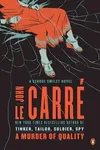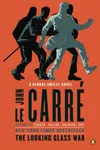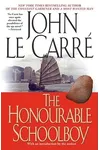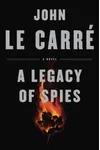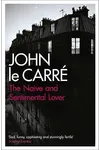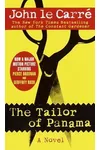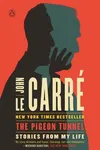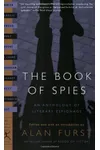Picture a British storyteller who turned the spy genre upside down with gritty, human tales of espionage—meet John le Carré! Born David J.M. Cornwell in 1931, he swapped the glamour of James Bond for the morally complex world of George Smiley, captivating readers with Cold War intrigue. His novels, like The Spy Who Came in from the Cold, aren’t just thrillers—they’re literary gems that still resonate today.
The Making of John le Carré
Born in Poole, Dorset, David Cornwell’s early life was far from ordinary. His father, a charismatic conman, thrust him into a world of deception, shaping his keen eye for human flaws. After studying at Oxford, Cornwell joined MI5 and later MI6, working under diplomatic cover in Germany. These experiences fueled his authentic, cynical take on espionage, launching his writing career under the pseudonym John le Carré to protect his covert identity.
John le Carré’s Unforgettable Stories
Le Carré’s novels redefined spy fiction with their psychological depth and moral ambiguity. His breakthrough, The Spy Who Came in from the Cold (1963), follows Alec Leamas, a burned-out spy navigating a deadly double-cross. Its raw realism shocked readers and became a bestseller. Then came George Smiley, the unassuming, brilliant intelligence officer who starred in Tinker Tailor Soldier Spy (1974), a intricate tale of betrayal and mole-hunting. Smiley’s People (1979) continued Smiley’s saga, showcasing le Carré’s knack for complex characters. Later, The Night Manager (1993) tackled post-Cold War arms dealing, proving his versatility. His prose—sharp, understated, and rich with subtext—blends suspense with profound questions about loyalty and morality.
Unlike flashy spy tales, le Carré’s stories thrive on realism. Drawing from his MI6 days, he crafted flawed, relatable characters caught in bureaucratic and ethical quagmires. His themes of betrayal, identity, and the cost of secrecy resonate beyond the Cold War, making his work timeless.
Why John le Carré Matters
John le Carré didn’t just write spy novels—he elevated the genre to literary heights. His nuanced portrayal of espionage influenced writers and filmmakers, with adaptations like the 2011 Tinker Tailor Soldier Spy film and The Night Manager miniseries earning critical acclaim. His skepticism of power and exploration of human nature speak to readers navigating today’s murky geopolitics. Le Carré, who passed in 2020, left a legacy of stories that challenge, entertain, and endure.
About John le Carré
- Born: October 19, 1931, in Poole, Dorset, England
- Key Works: The Spy Who Came in from the Cold, Tinker Tailor Soldier Spy, The Night Manager
- Awards: Somerset Maugham Award (1964), James Tait Black Memorial Prize (1990)
- Died: December 12, 2020
Ready to dive into a world of spies and secrets? Snag Tinker Tailor Soldier Spy and unravel John le Carré’s thrilling legacy!

